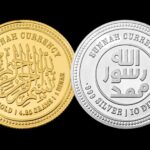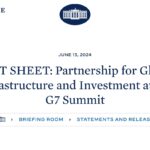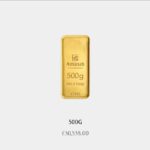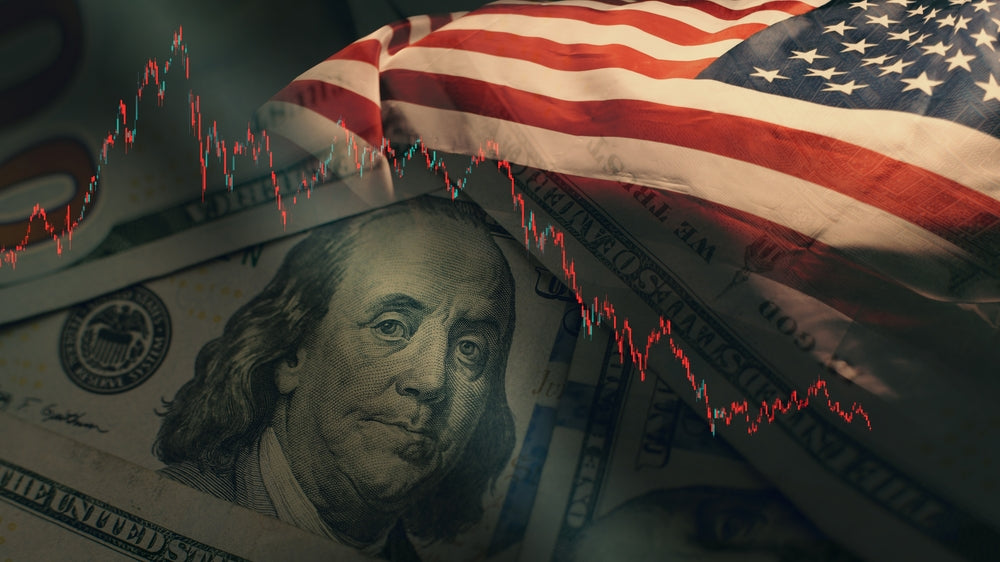China is looking to challenge the dominance of the US dollar by promoting the use of the yuan in crude transactions. The petroyuan, as it’s called, is gaining momentum, particularly after Russia’s invasion of Ukraine, which triggered a larger embrace of the yuan for oil sales. Moscow has since become an Asian nation and has introduced the yuan into large-scale oil trade, according to Kpler lead crude analyst Viktor Katona. As a result, the petroyuan could spread across Asia, forcing many countries to reconsider their trading routines.
While the dollar remains the top currency for trade and foreign reserves, China, as the world’s largest oil importer, is pushing the yuan as a currency for oil deals, challenging the dollar’s lead in commodity markets. The Federal Reserve’s aggressive monetary tightening campaign sent the dollar soaring last year, making oil contracts more expensive as oil deals are largely priced in dollars. As a result, China is looking to control the price of oil and conduct trade in the currency that it controls.
During a recent trip to Saudi Arabia, Chinese President Xi Jinping urged countries in the Gulf Cooperation Council (GCC) to use the Shanghai Petroleum and National Gas Exchange to carry out yuan-based energy deals. This marked the birth of the petroyuan, according to a recent note from Credit Suisse analyst Zoltan Pozsar. China wants to dedollarize parts of the world after the currency’s dominant status was used against Russia.
Russia, Iran, and Venezuela account for 40% of OPEC+’s proven oil reserves, with the GCC making up another 40%. The petroyuan will pick up steam regionally, forcing many Asian countries to reconsider their trading routines. One of China’s central tenets of its commodity policy is strict oversight over even the most mundane details of crude and currency trade, which could aid in strengthening the country’s grip over energy markets.














